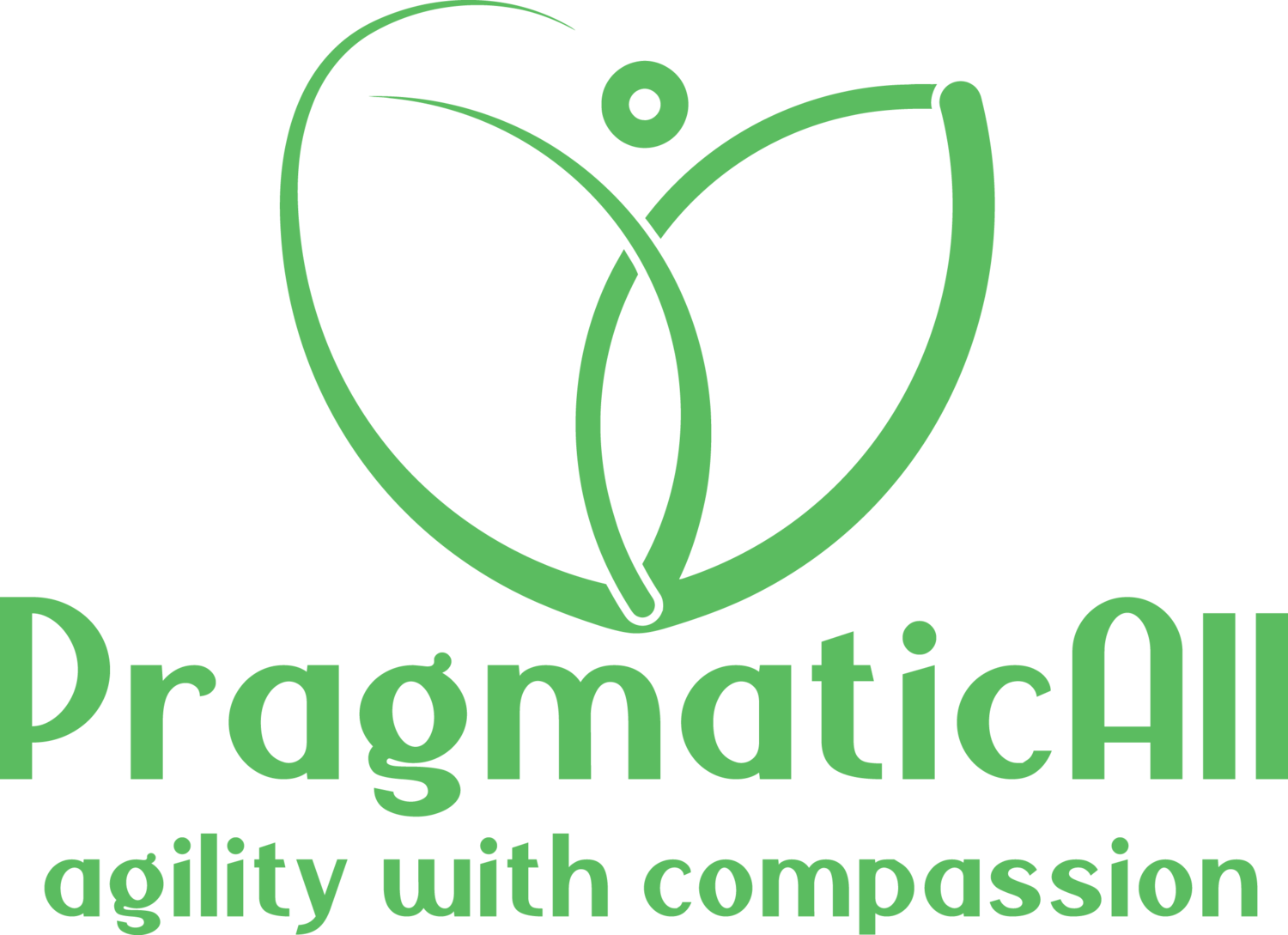Together with Linda van Sinten, I’ve created a half-day workshop to help leaders improve the psychological safety in their organisation. We want people to experience psychological safety, not only explain what psychological safety is and how teams can benefit from it. The workshop is suited for formal and informal leaders at any level of an organisation. During the workshop participants have lots of opportunity to practice, and the handout we provide ensures you can continue to build on this after the workshop.
The core of the workshop consists of three exercises in which participants explore each of the three categories of Amy C. Edmondson’s book “The Fearless Organization”:
Set the stage;
Invite participation;
Respond productively.
We ask participants to take examples from their own environment in which they feel that psychological safety is lacking. All exercises are interactive. We use liberating structures, visualisation and movement to help participants to explore what is required to make their situation more psychologically safe.
We use wooden frames to make the re-framing more tangible
After a warming up exercise in which we explore the question “What does Psychological Safety mean to you?”, we assess the initial feeling of psychological safety. This is followed by a short explanation about psychological safety and frames. This leads into an exercise to find frames in the current situation that hamper psychological safety and to reframe them.
The second part of the workshop explores how the right questions can create more psychological safety by encouraging employees to participate and share experiences. Workshop participants individually create a question that “invites participation”. Their question is perfected in small groups. We provide a cheat sheet to help ask powerful questions tailored to inviting participation.
The final part looks into responding productively to different situations. We invite a small group of participants to discuss possible responses in hypothetical situations. We provide a simple process to switch who participates in the discussion, and other participants have a chance to ask questions.
The workshop ends by re-assessing the feeling of psychological safety in the same way as at the start, and discussing the lessons learned. Participants receive a handout with useful tips and links to additional resources to help them build a safe work environment.


